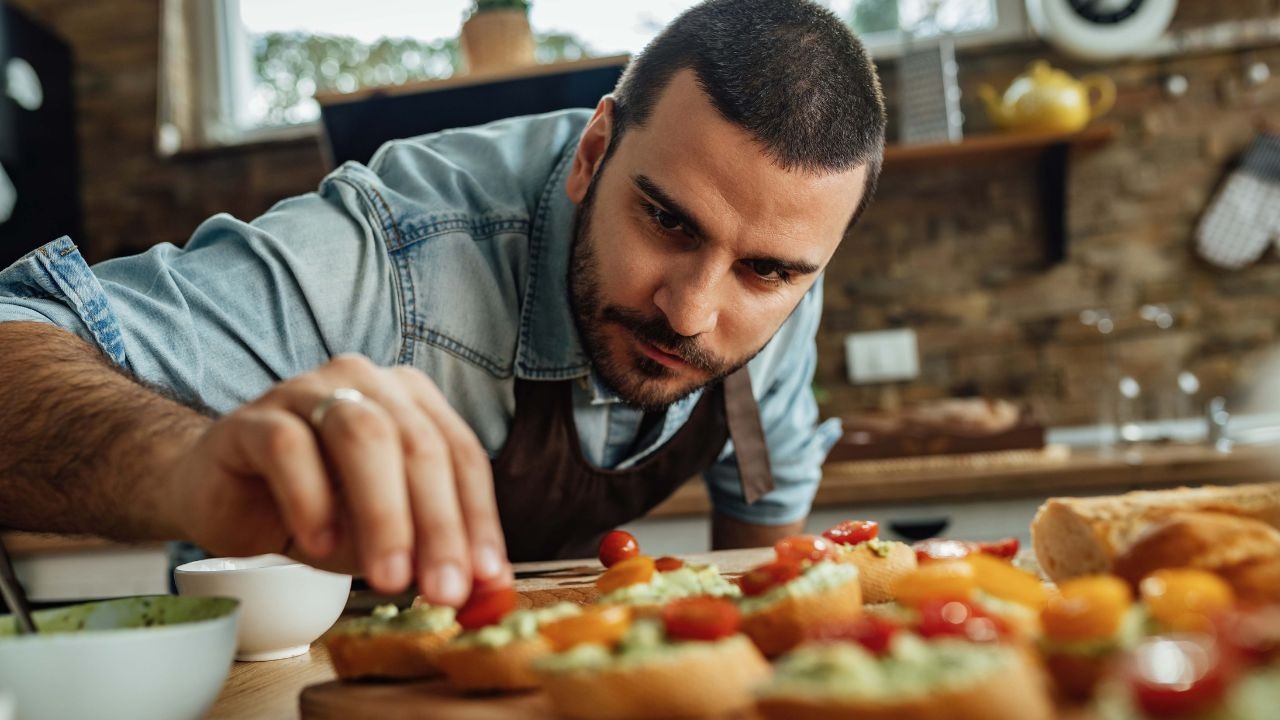Home / Business and Economy / Ghost Kitchens: Food's Future Served Via DM?
Ghost Kitchens: Food's Future Served Via DM?
25 Nov
Summary
- Cloud kitchens bypass delivery apps, operating via WhatsApp and Instagram.
- Lower overheads allow for experimentation and faster scaling for operators.
- Direct customer interaction builds trust and fosters repeat business.

Cloud kitchens, also known as ghost kitchens, are rapidly reshaping how food is delivered across India. These establishments largely bypass third-party delivery apps, opting instead to take orders directly through social media channels like WhatsApp and Instagram. This direct-to-consumer model, which saw accelerated growth during the pandemic, allows chefs and entrepreneurs to connect personally with customers.
For businesses, the appeal of cloud kitchens lies in their significantly lower operational costs compared to traditional restaurants. Reduced rentals and leaner teams enable greater flexibility for experimentation and the potential to manage multiple virtual brands efficiently. This cost-effectiveness allows for faster scaling and makes the model sustainable long after the initial crisis that spurred its popularity.
The direct interaction facilitated by social media platforms is a key driver of success. Customers appreciate the personal touch, the ability to customize orders, and the trust built through direct communication. This emotional connection, coupled with visually appealing food content on reels and photos, cultivates a loyal customer base that values authenticity and a human element behind their meals.




